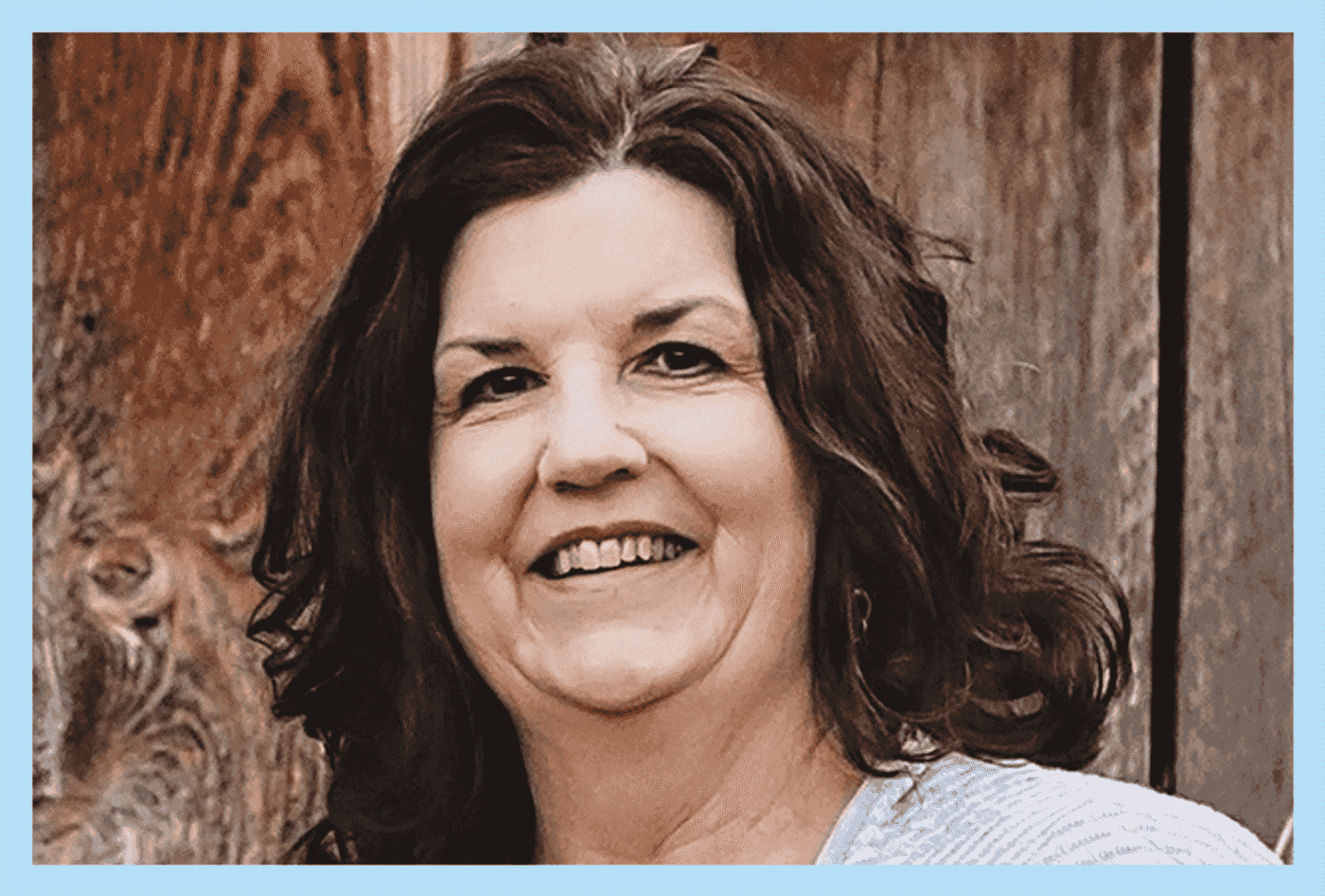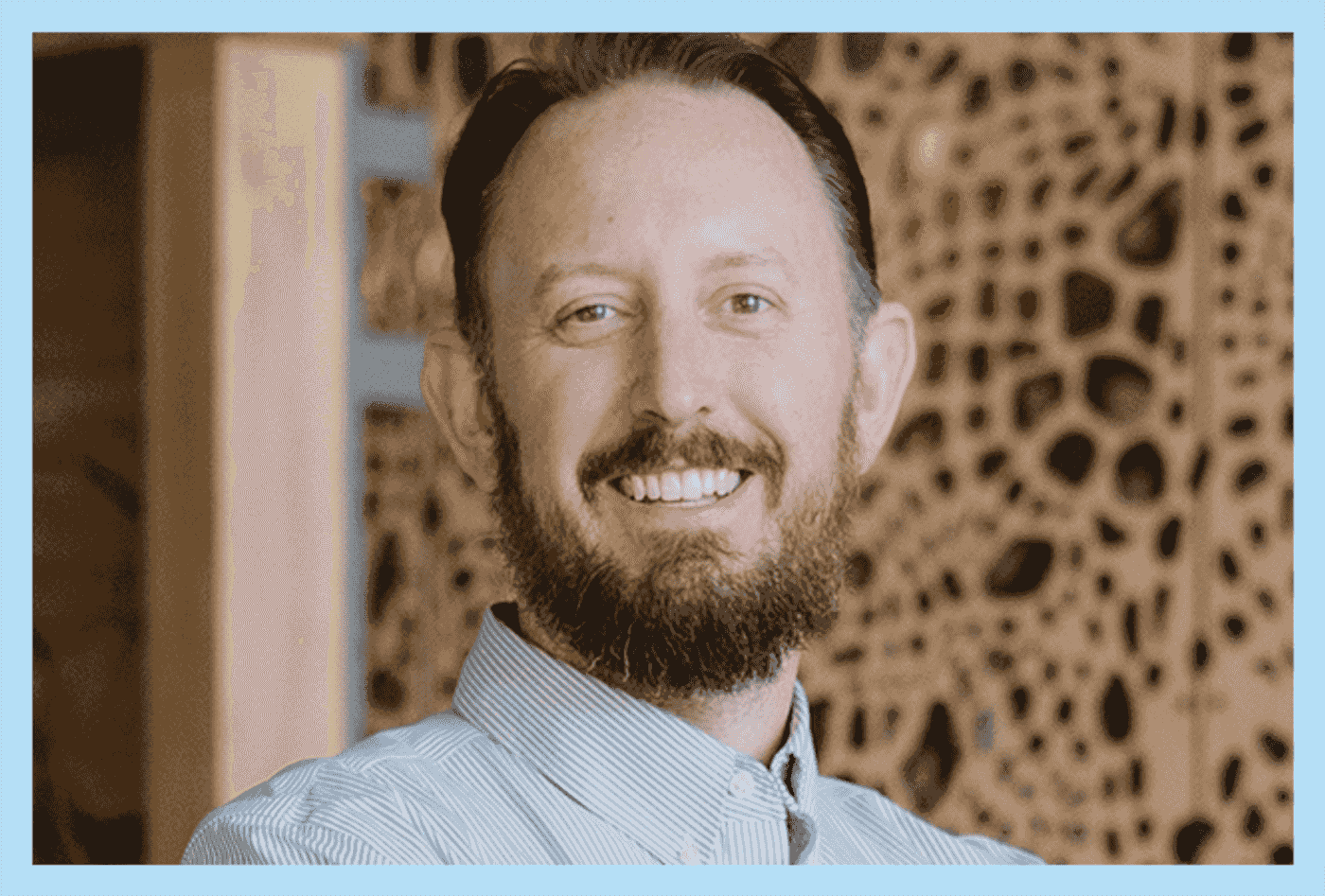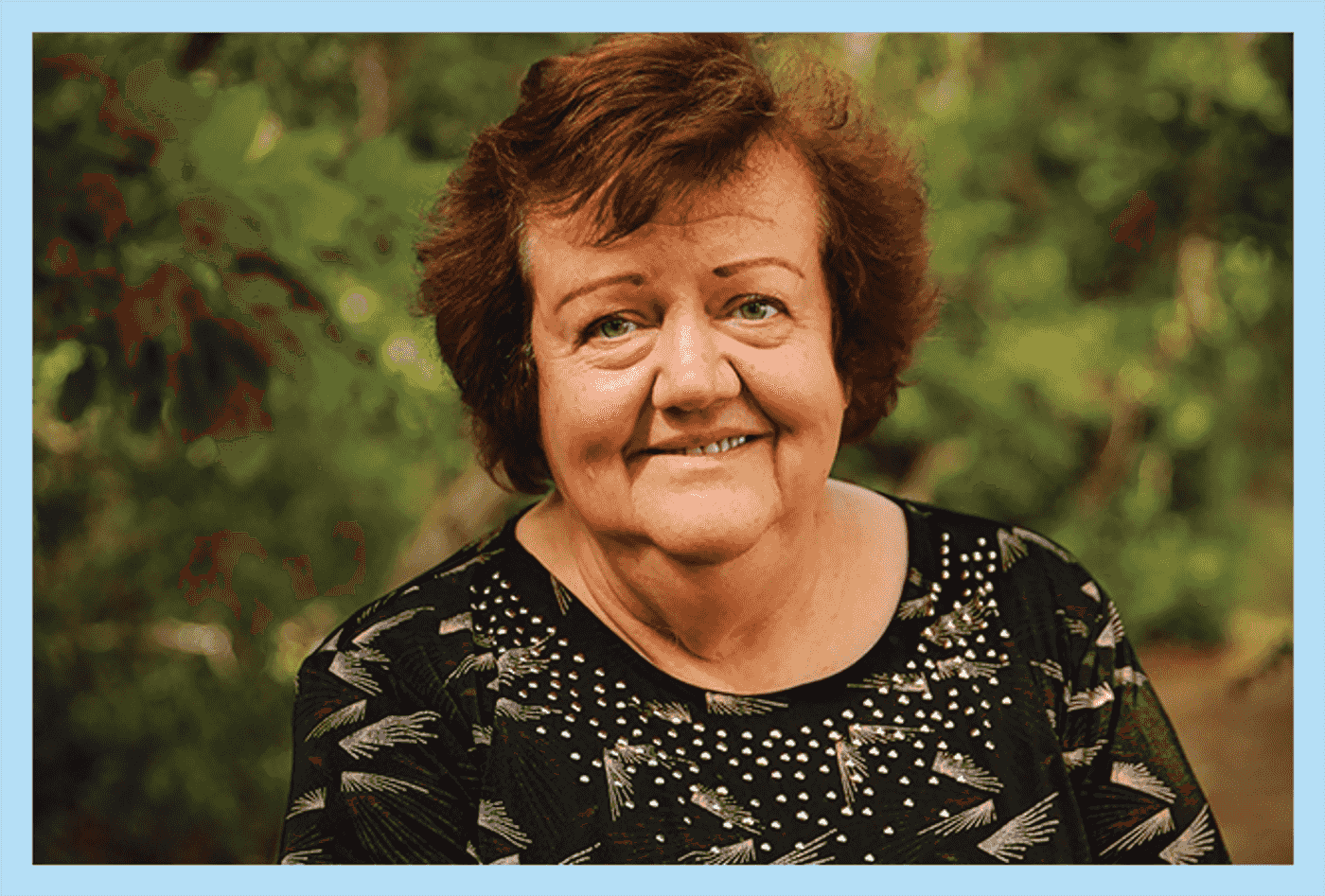As legal cannabis proliferates, experts urge caution around shared hol…
November 5, 2025
The holidays—from roughly Thanksgiving through the New Year—are known as the most wonderful time of the year. And given all the fixings, traditions and good cheer, it’s easy to understand why.
For Catherine Christman, one holiday season stands out in her memory. After a familiar swirl of activity, with her big family and their friends laughing and talking together, she planned a quiet night at home, finishing holiday chores as the others split off for various dinner plans.
Christman figured that she’d have a late-afternoon snack and then eat supper once folks left. Poking around the kitchen, she happened upon a brown paper bag in the fridge that held chocolate chip cookies.
“I’ll just have a couple of these,” she thought.
The first cookie she tried seemed dry and not terribly tasty. But that didn’t stop her from having a second. About an hour later, her body started feeling heavy, slow and numb inside. Her thought processes and speech also slowed down.
Christman, who has high blood pressure and high cholesterol, recalls wondering if she was having a stroke.
“I don’t feel very well,” she finally told a family member. “I’ve never felt like this.”
Christman’s family helped her down the stairs and rushed her to the emergency room, where a doctor conducted preliminary tests. As she waited alone, Christman mulled over her situation and remembered hearing that a relative staying at her house had previously brought baked cannabis products with them.
Since no one knew Christman had eaten the cookies, they wouldn’t have suspected that as the cause of her symptoms, especially in a woman who was almost 70.
When the doctor returned, Christman outlined her thoughts about what might have happened. “I could tell he was chuckling a bit internally,” she recalled. “He urged my relatives to keep an eye on me and told me to take it easy for several hours.”

Utah Poison Control outreach education
manager Sherrie Pace says the majority of cannabis exposure cases involve children.Courtesy photo
Edible Arrangements
Unsuspecting adults and children eating foods that contain cannabis is a situation with which Sherrie Pace is all too familiar. An outreach education manager at the Utah Poison Control Center, Pace said that roughly 150 reports of accidental exposure came in during 2024, and that such cases have been steadily increasing for the last 10 years. The vast majority of them involve very young children.
“Seventy percent of all our cannabis exposures are in children 6 years old and younger,” Pace said. “Ninety percent of those exposures were [due] to edibles.”
She added that such exposure typically occurs when cannabis products aren’t stored safely and kept out of sight.
“A kid will do a lot of climbing and reaching for what looks like a little gummy bear or a brownie or cookie,” Pace says. “They get a large amount of cannabis, and then their bodies don’t do well with it.”

“Cannabis should be locked up … not kept in the kitchen cabinet or pantry.”—Dr. Michael Moss, Utah Poison Control medical directorCourtesy photo
Dr. Michael Moss, medical director for the Utah Poison Control Center, said that he and his colleagues are constantly discussing how cannabis should not be treated like food, even though it can often take that form.
“When a child ingests cannabis, they can experience nausea, confusion, anxiety, drowsiness, and difficulty breathing,” Moss said. “There are edible products that are meant to taste good and are packaged like food, rather than in medicine bottles. He adds, “Cannabis should be locked up, preferably even in a designated lockbox and kept out of reach, not kept in the kitchen cabinet or pantry.”
Altered States
Pace said that parents should call 911 if their child is having trouble breathing.
Otherwise, she recommends calling Poison Control (800-222-1222) as a crucial first step in the event of exposure.
“When you call the Poison Control Center, you are talking to a pharmacist or nurse who has been specially trained. The call and advice are both free and confidential,” Pace said. “We’re not here to judge. We want to help you get through it.”
Moss says that part of the problem is how 5 to 10 milligrams of THC used to be common for one edible, but now the potency can vary greatly between products.
Local cannabis pharmacies sell gummies with as much as 100 milligrams of THC per dose. Many patients will cut these higher-content gummies into halves or fourths, giving their dosage a lower THC amount, but the option of a full dose (or potential for accidental exposure) remains.
Contributing to the situation is the increased accessibility of cannabis, since Colorado and Nevada have legalized recreational adult use alongside Utah’s more tightly controlled medical cannabis program.
“Utah shows increased exposures as the states around us have changed their laws,” Pace said.
On the positive side, awareness from an increased number of incidents has led to greater accuracy and faster diagnosis in ER settings. Instead of a big workup right away, less invasive urinalysis and drug tests are conducted.
“It used to be, when a child was brought into the emergency room and didn’t wake up, possibly something like even meningitis was suspected,” Moss explained. “Now, though, for better or worse, the problem has become prevalent enough that ERs are on the lookout for this.”
Moss said that he has never heard of a child dying from cannabis exposure, and he added that most instances are not life-threatening. However, they can result in seizures or a child being admitted to the ICU.
Both Moss and Pace urged holiday celebrants to take special care and continue to keep cannabis safety in mind—for this year and all the years to come.

Journalist Carolyn Campbell says that obtaining her “weed card” helped her to find relief for insomnia and neuropathy. Courtesy photo
By Carolyn Campbell
I confess—even though I look more like the type who’d buy strawberries or skim milk than cannabis, I carry a “weed card.” To the uninitiated, this form of state-issued ID allows me to possess and consume cannabis for medicinal use.
To be sure, my four kids never imagined I’d get a weed card. But because of health issues I’ve grappled with for years, my general practitioner advised me to obtain medicines from a cannabis pharmacy (what other states would call a “dispensary.”)
I‘ve had dreadful insomnia since high school. It happened so frequently, I took to calling the nights I didn’t sleep my “white nights.” On those evenings, my mind would race, refusing to be quieted. Hours would pass before my inner slideshow finally came to a halt. But even then, more time would elapse before I finally fell asleep.
I took strong sleeping pills for a while. But one night, hoping it would help me to achieve a measure of peace, my son gave me a CBD honey stick. Before long, a gentle sleep enveloped me. The next morning, I awoke, celebrating the fact that, finally, I’d been given relief.
CBD, or cannabidiol, is the second most prevalent active ingredient in cannabis. One out of hundreds of components in marijuana, CBD does not cause a high by itself.
Yet another health challenge I’ve had to grapple with is neuropathy. The best way to describe what that’s like is to imagine you are experiencing lightning strikes of pain on the soles of your feet.
Through trial and error, I learned that cannabis-based salves calm and quiet my foot pain—in fact, sometimes it’s completely gone. And eventually, through experimentation, I found that if I ingested an edible dose and put salve on my feet before dozing off, my white nights were a thing of the past.
When my local CBD outlet raised its prices, my son suggested I could save money by getting a weed card. My regular clinic recommended that I see KindlyMD, a health care company that integrates primary care with alternative treatments such as medical cannabis.
The KindlyMD doctor I met with was very understanding and seemed to fully comprehend the kind of pain I was experiencing. I was issued my weed card that very same day.
When I actually went to the dispensary, it looked like a scaled-down version of Fort Knox mixed with the Emerald City. The first thing I noticed was a solid square building with only one visible entrance. The exterior was metal and brick, with security guards hovering around the doorway.
In addition to a provider evaluation, some states—including Utah—require a consultation with a licensed pharmacist before you can make your first purchase. Subsequently, once you pass through the security barrier at the pharmacy, the atmosphere is friendlier.
The pharmacist is always upbeat and congenial. Like the doctor who issued my weed card, it’s evident that she understands my health challenges.
Since my first visit last spring, I follow the same procedure—one-half gummy and salve each night. The good news is that I never wake up high, but the painless calm in my feet feels like I am truly walking on air.
Search
RECENT PRESS RELEASES
Related Post




